Soviet Cosmos 482 Probe: Expected Earth Re-entry After Failed Venus Mission
The article discusses the impending re-entry of the Soviet-era Cosmos 482 spacecraft into Earth's atmosphere after a failed Venus mission in 1972. It highlights the spacecraft's design for Venus's harsh environment, increasing the possibility of surviving re-entry. It examines the potential impact zone, the level of risk to the population, and the advice from experts.
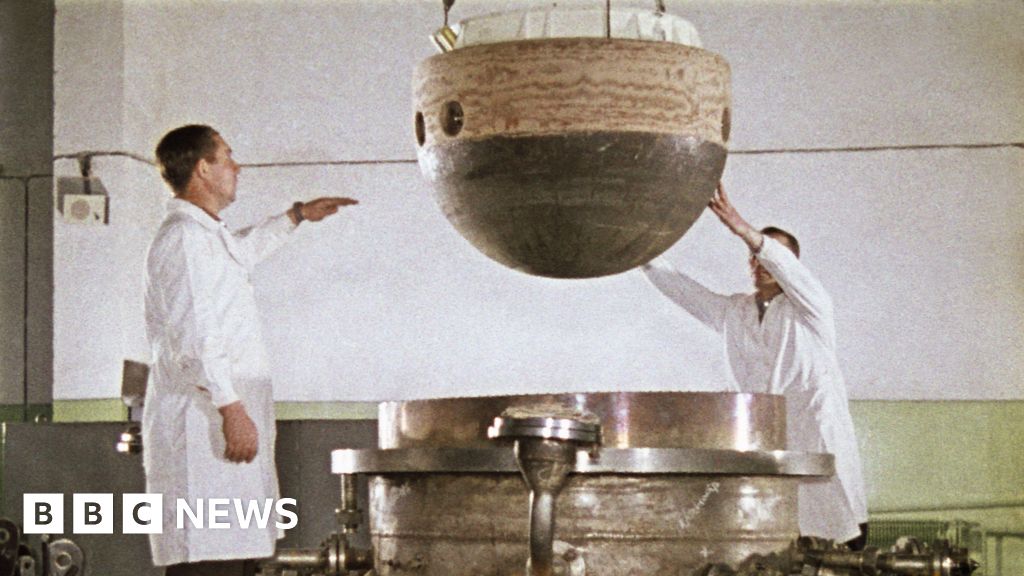
 BBC
BBC
 CNN
CNN
 Space
Space
 Florida Today
Florida Today
NASA Budget Cuts: Mars Focus, ESA Concerns, and Musk's Pentagon Influence
The proposed NASA budget cuts under the Trump administration signal a shift in priorities towards Mars exploration, raising concerns for international partners like ESA and potentially benefiting SpaceX through increased contracts. The cuts also impact ISS operations and research. Critics highlight potential conflicts of interest related to Elon Musk's involvement.
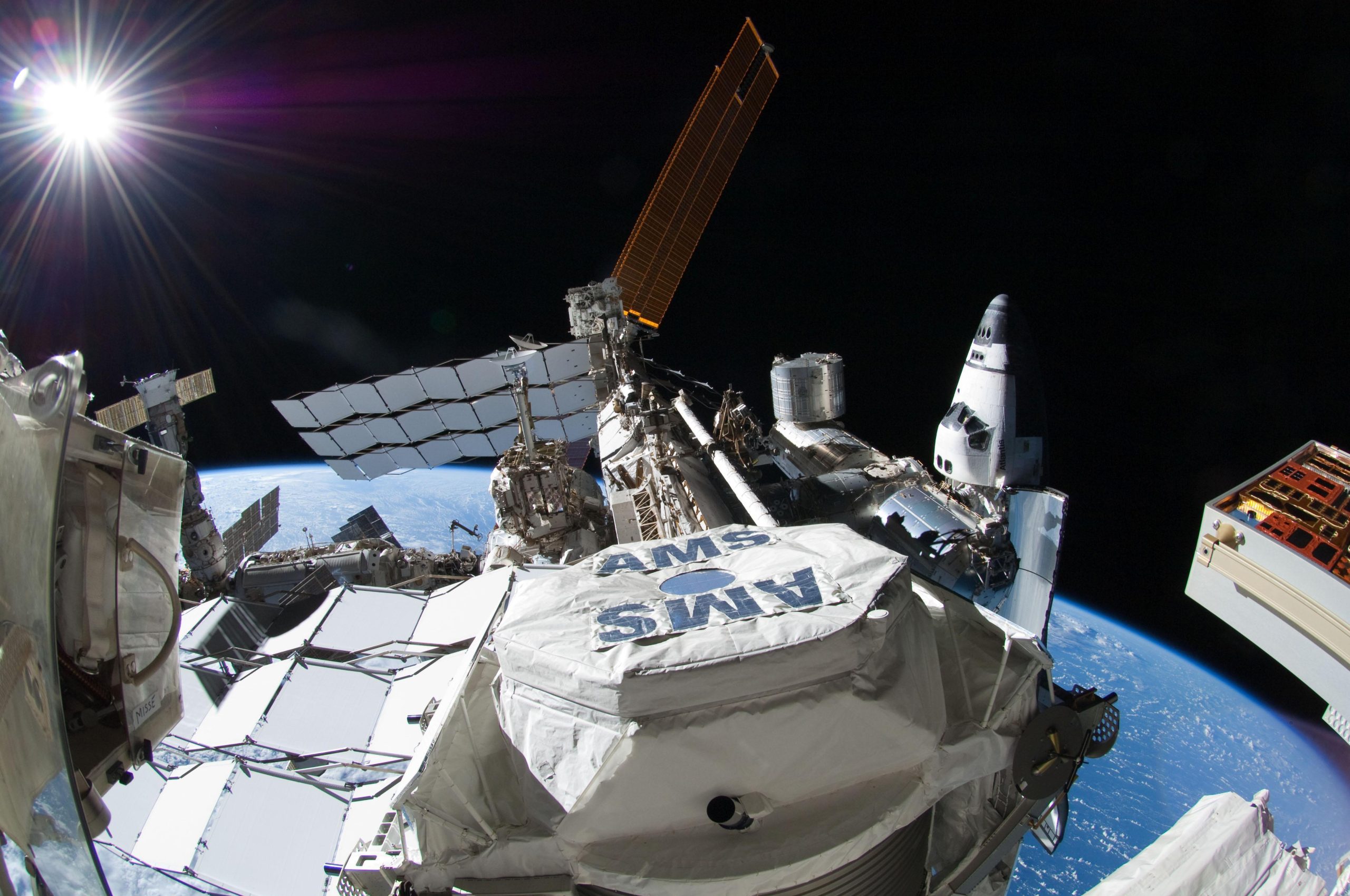
 Ars Technica
Ars Technica
 DW
DW
 The Intercept
The Intercept
 Reuters
Reuters
Matt Anderson Nominated as NASA Deputy Administrator; Petro Praises Nomination
Matt Anderson, a retired Air Force Colonel and Space Force Association executive, has been nominated by President Trump for the position of NASA Deputy Administrator. Acting Administrator Janet Petro has expressed her support for the nomination, citing Anderson's experience and expertise. The appointment awaits Senate confirmation.

 NASA (.gov)
NASA (.gov)
 Spaceflight Now
Spaceflight Now
 NASA Watch
NASA Watch
 space & defense
space & defense
James Webb Telescope Reveals Atmospheric Secrets of Hot Sub-Neptune Exoplanet TOI-421 b
The James Webb Space Telescope has provided unprecedented insights into the atmosphere of the exoplanet TOI-421 b, a hot sub-Neptune. Detecting water vapor, potential carbon monoxide and sulfur dioxide, and a surprising abundance of hydrogen, the findings challenge previous assumptions about sub-Neptune atmospheres and suggest a different formation process compared to cooler counterparts. This discovery advances our understanding of exoplanets and their diversity.
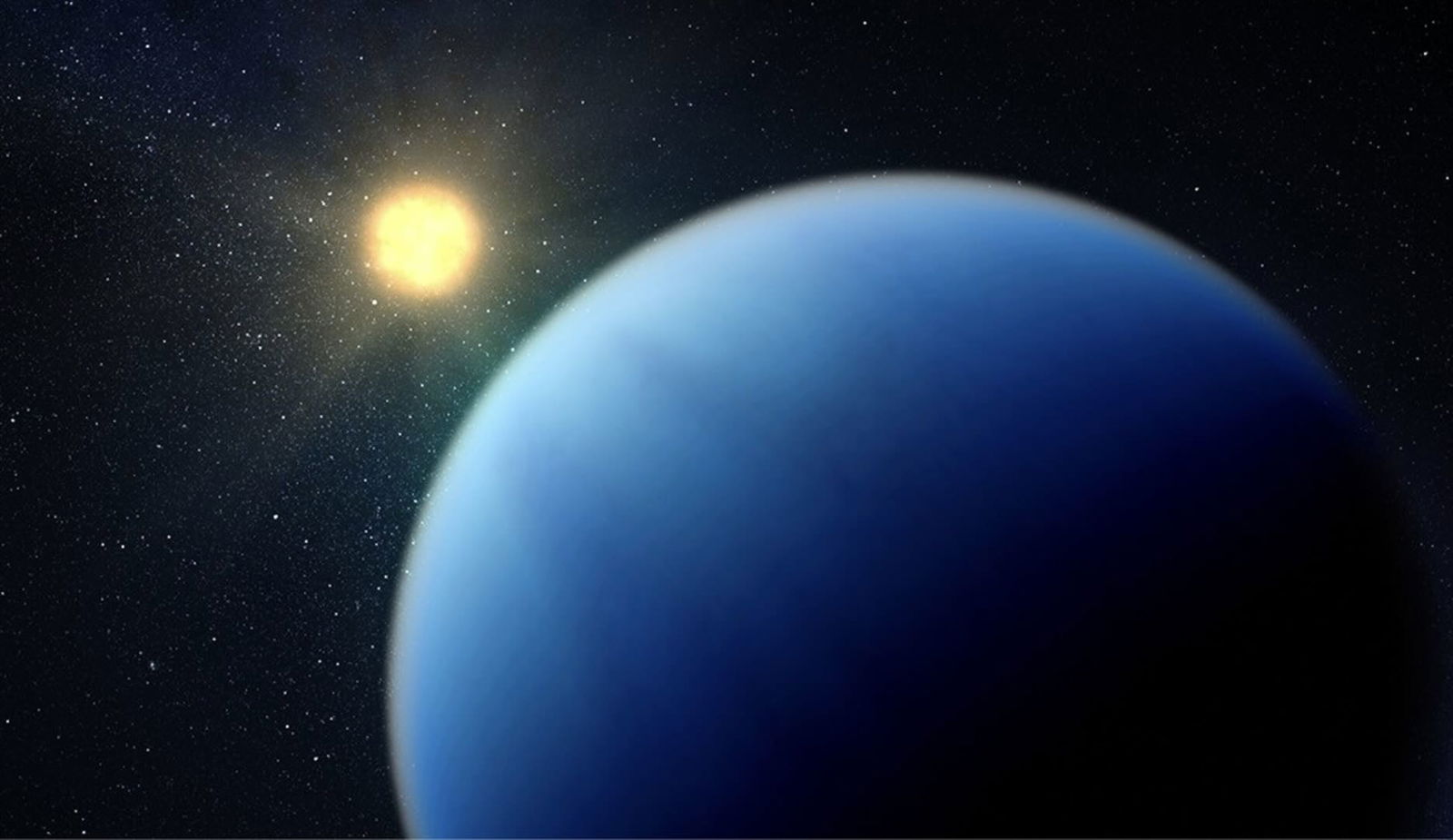
 The Debrief
The Debrief
 NASA Science (.gov)
NASA Science (.gov)
 Space
Space
 Universe Today
Universe Today
SpaceX Launches 28 Starlink Satellites on 470th Falcon 9 Flight
SpaceX successfully launched 28 Starlink V2 Mini satellites into low Earth orbit aboard a Falcon 9 rocket from Cape Canaveral. The mission, named Starlink 6-93, marked the 470th Falcon 9 launch and the seventh flight for the first-stage booster B1085, which successfully landed on the droneship 'Just Read the Instructions.' The launch aimed to expand the Starlink constellation.
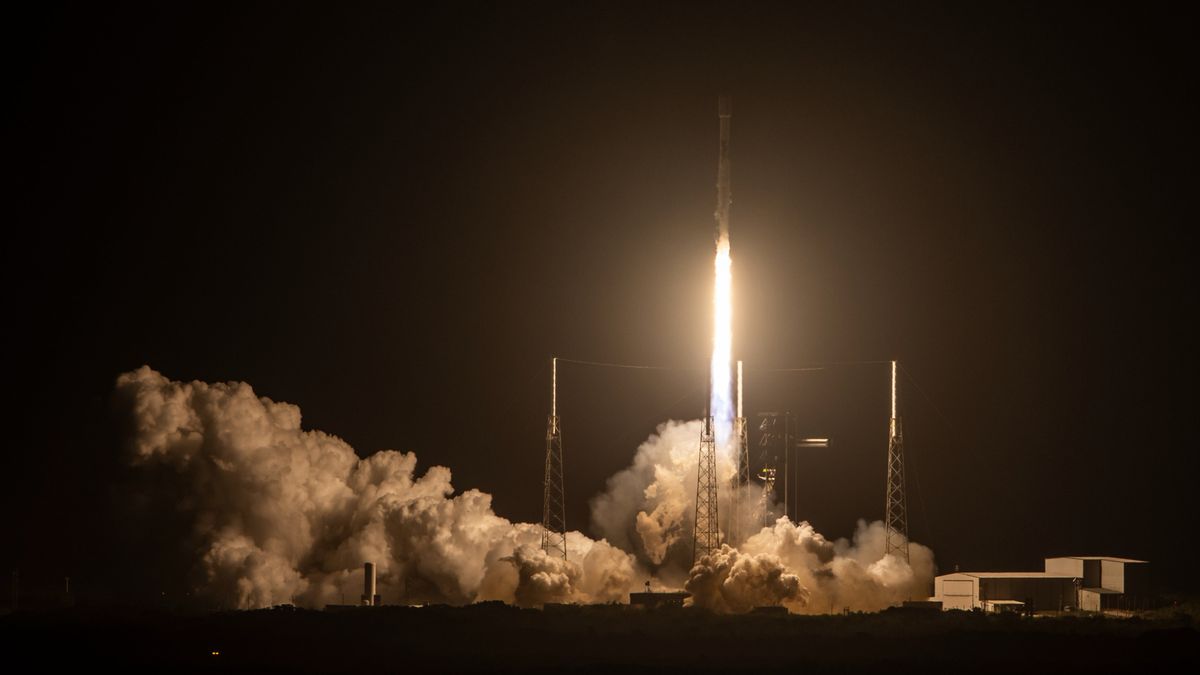
 Space
Space
 Florida Today
Florida Today
 Spaceflight Now
Spaceflight Now
 FOX 35 Orlando
FOX 35 Orlando
Failed Soviet Venus Probe Kosmos 482 Set to Reenter Earth's Atmosphere
Kosmos 482, a Soviet probe launched in 1972 with the intention of reaching Venus but stranded in Earth orbit due to a malfunction, is expected to reenter Earth's atmosphere in May 2024. Experts predict a fiery plunge, with the possibility of the lander, designed to withstand Venus's atmosphere, surviving reentry. The potential impact zone spans a large portion of the globe, though the risk to individuals remains low.
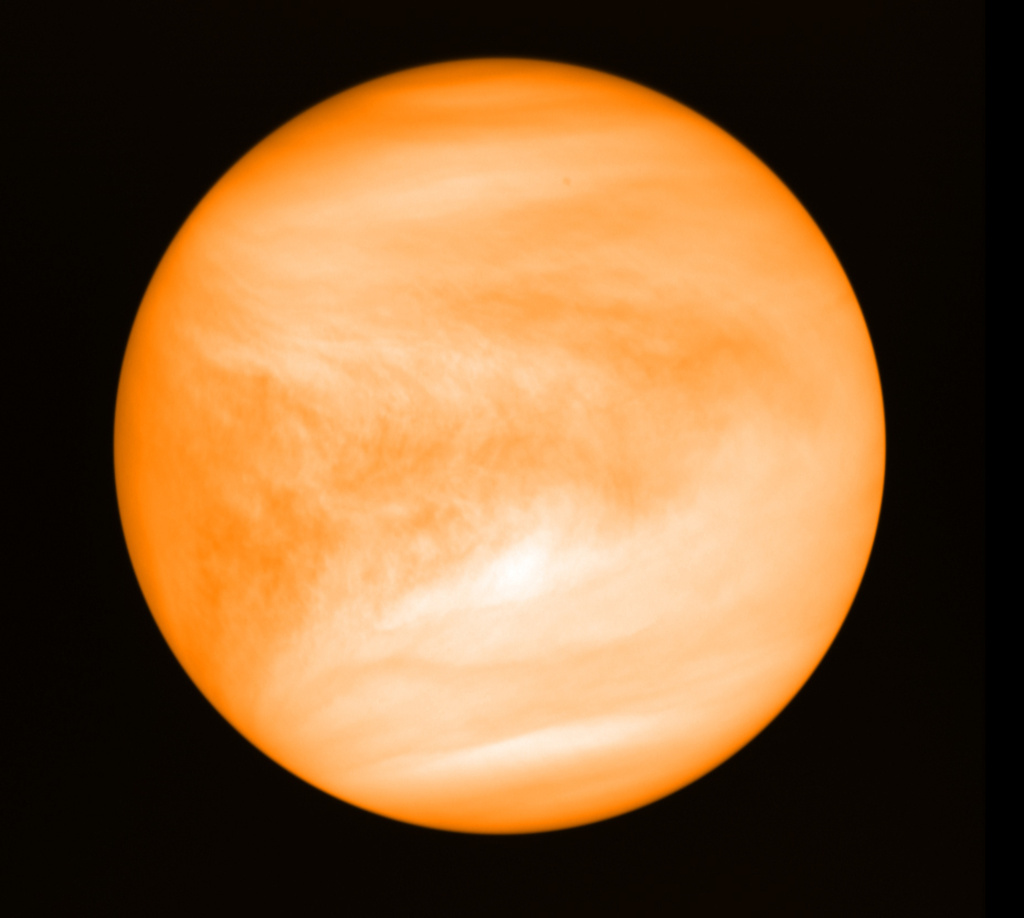
 FOX 8 News
FOX 8 News
 NPR
NPR
 CNN
CNN
 Live Science
Live Science
Earth's Oxygen Depletion: Sun's Increasing Luminosity Will End Life in a Billion Years
New research supported by NASA modeling from Toho University suggests that Earth's oxygen will deplete in a billion years due to the sun's increasing luminosity, disrupting the carbon cycle. This will lead to less photosynthesis and decreased oxygen levels, ultimately rendering Earth uninhabitable for aerobic organisms. Immediate atmospheric threats are also being observed.

 Boy Genius Report
Boy Genius Report
 El Adelantado de Segovia
El Adelantado de Segovia
 Jobaaj Stories
Jobaaj Stories
 MSN
MSN
Planetariums Celebrate Centennial: A Century of Bringing the Stars Indoors
Planetariums around the world are commemorating 100 years since the opening of the first modern planetarium in Munich, Germany. Celebrations include special programs and exhibits highlighting the evolution of planetarium technology, from opto-mechanical projectors to advanced digital systems, and their impact on public understanding and appreciation of astronomy.
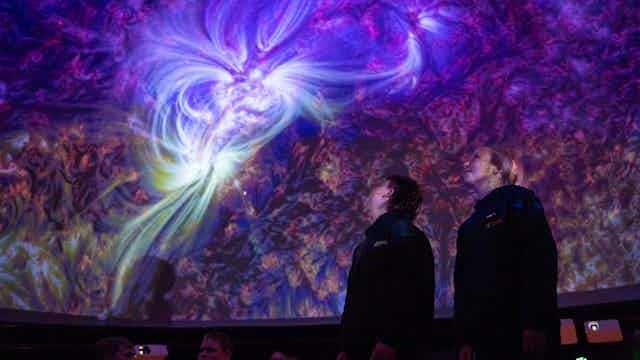
 The Conversation
The Conversation
 Indiana Gazette Online
Indiana Gazette Online
 Pittsburgh Post-Gazette
Pittsburgh Post-Gazette
Bright Fireball Meteor Spotted Over Utah and Pacific Northwest Skies
A bright green fireball meteor was witnessed across Utah and the Pacific Northwest, sparking speculation and excitement. Experts believe it may be related to the Eta Aquariid meteor shower and are investigating its trajectory. The event prompted numerous reports and social media posts, with some observers describing the experience as awe-inspiring.

 MyNorthwest.com
MyNorthwest.com
 FOX 13 News Utah
FOX 13 News Utah
 KSLTV.com
KSLTV.com
 KUTV
KUTV
Black Hole Jets: Unveiling Formation Mechanisms and Implications for Galaxy Evolution
The article synthesizes research on black hole jets, explaining their formation due to accretion disk dynamics and their influence on star formation and energy distribution in galaxies. One study focused on stellar black holes and the ISCO, while another explored the impact of jet direction on habitable zones, suggesting potential locations for advanced extraterrestrial civilizations.
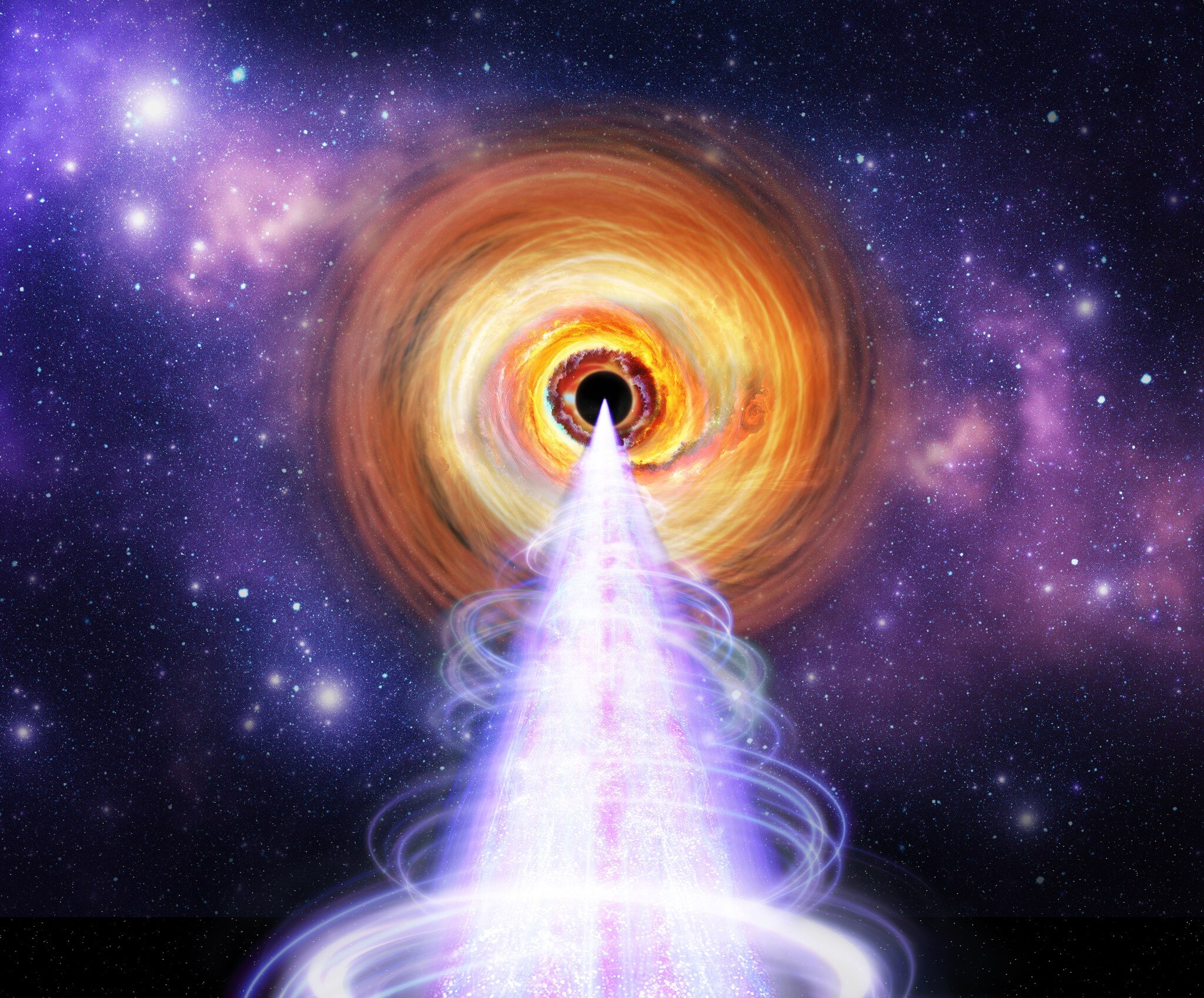
 Phys.org
Phys.org
 Techno-Science.net
Techno-Science.net
 Universe Today
Universe Today
 Stuff South Africa
Stuff South Africa
FAA Approves Increased Starship Launch Rate: Up to 25 Launches Per Year
The Federal Aviation Administration (FAA) has approved SpaceX's request to significantly increase the launch rate of its Starship/Super Heavy vehicle from the Starbase facility in Texas. The decision allows for up to 25 launches and landings annually, subject to certain mitigating conditions. The FAA's approval follows a lengthy environmental assessment and public comment period.
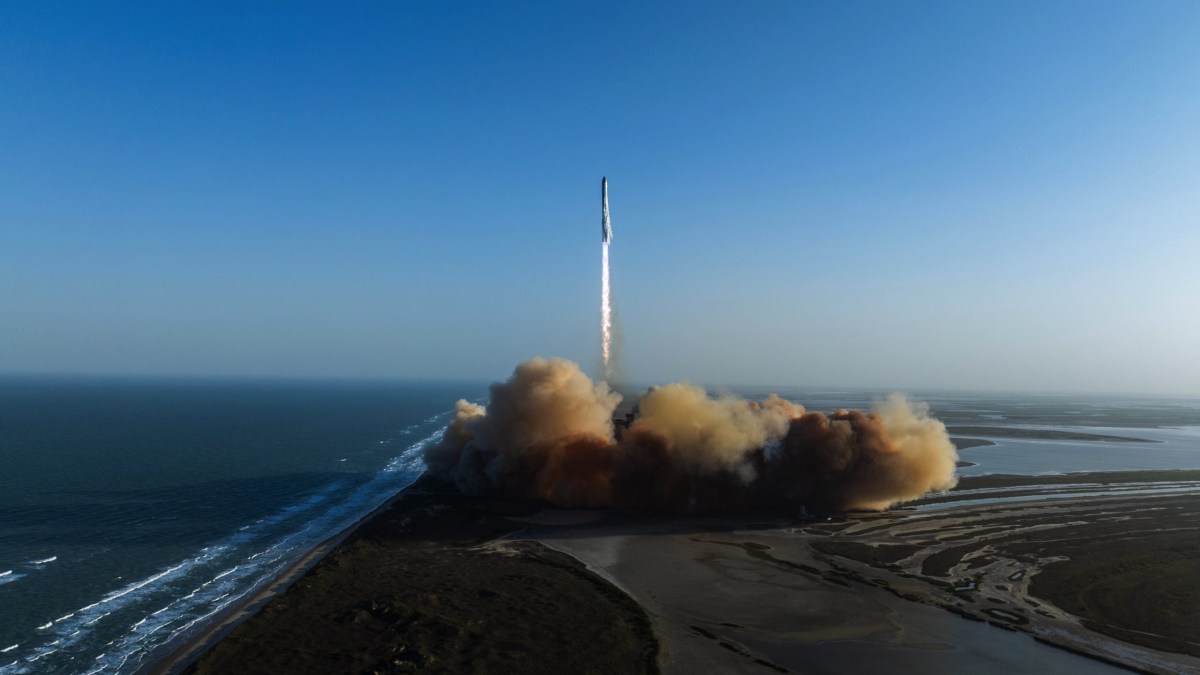
 SpaceNews
SpaceNews
 Space
Space
 WSJ
WSJ
 Ars Technica
Ars Technica
Stratolaunch Achieves Reusable Hypersonic Flight Milestone with Talon-A Test Vehicle
Stratolaunch completed two successful hypersonic test flights with its Talon-A vehicle as part of the Pentagon's MACH-TB program. The tests, conducted in December 2024 and March 2025, demonstrated the vehicle's reusability and autonomous Mach 5 flight. This milestone marks a significant step toward affordable and rapid hypersonic testing capabilities for the U.S. military.
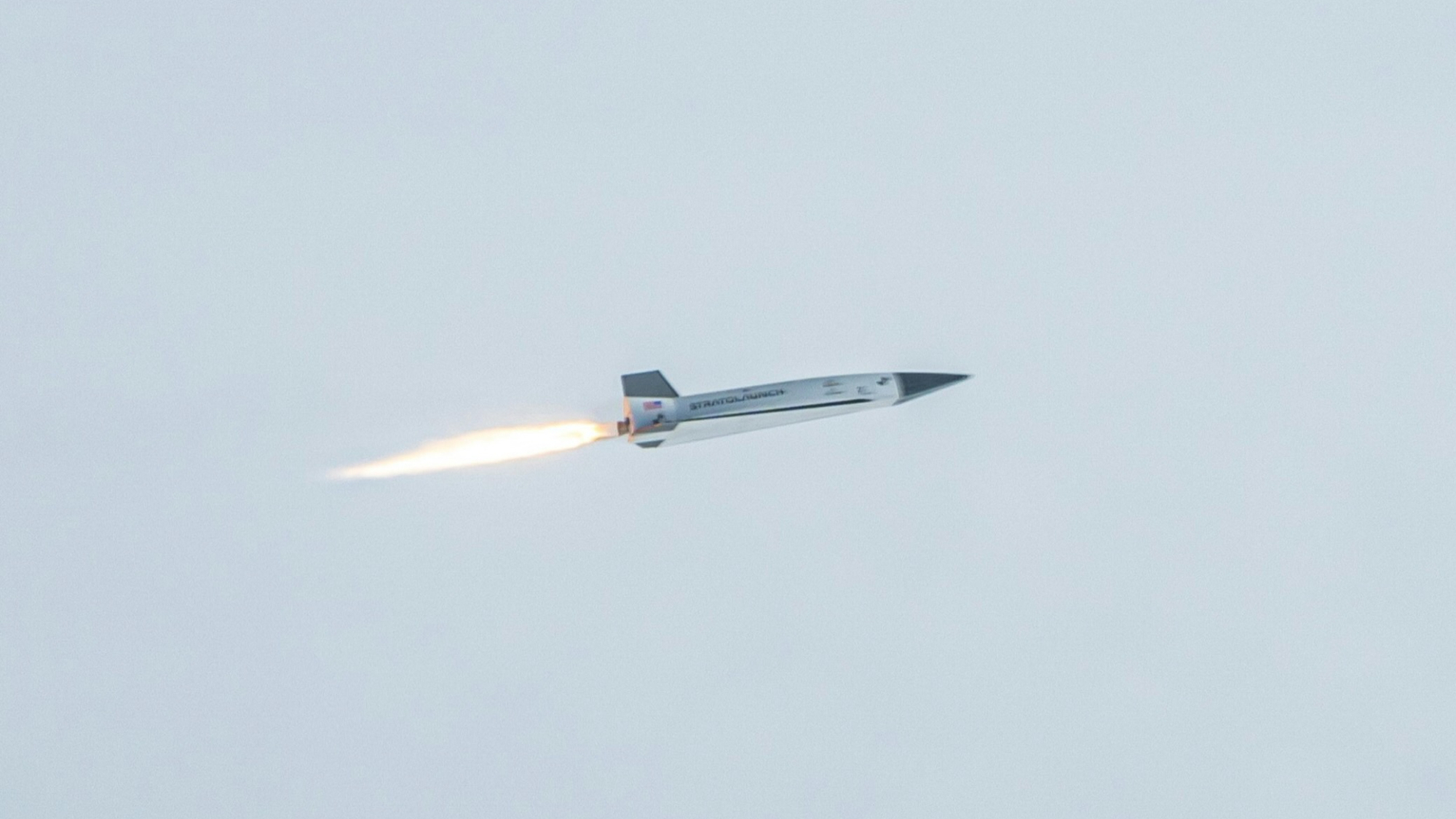
 Space
Space
 WSJ
WSJ
 Defense News
Defense News
 U.S. Department of Defense (.gov)
U.S. Department of Defense (.gov)
Hubble Captures Stunning 3D Image of Peculiar Spiral Galaxy Arp 184
The Hubble Space Telescope has released a striking image of Arp 184, a peculiar spiral galaxy located 190 million light-years away. The galaxy is noted for its single broad spiral arm, giving it a three-dimensional appearance. Arp 184 has been a frequent target for astronomers due to the observation of four supernovae within the last three decades.
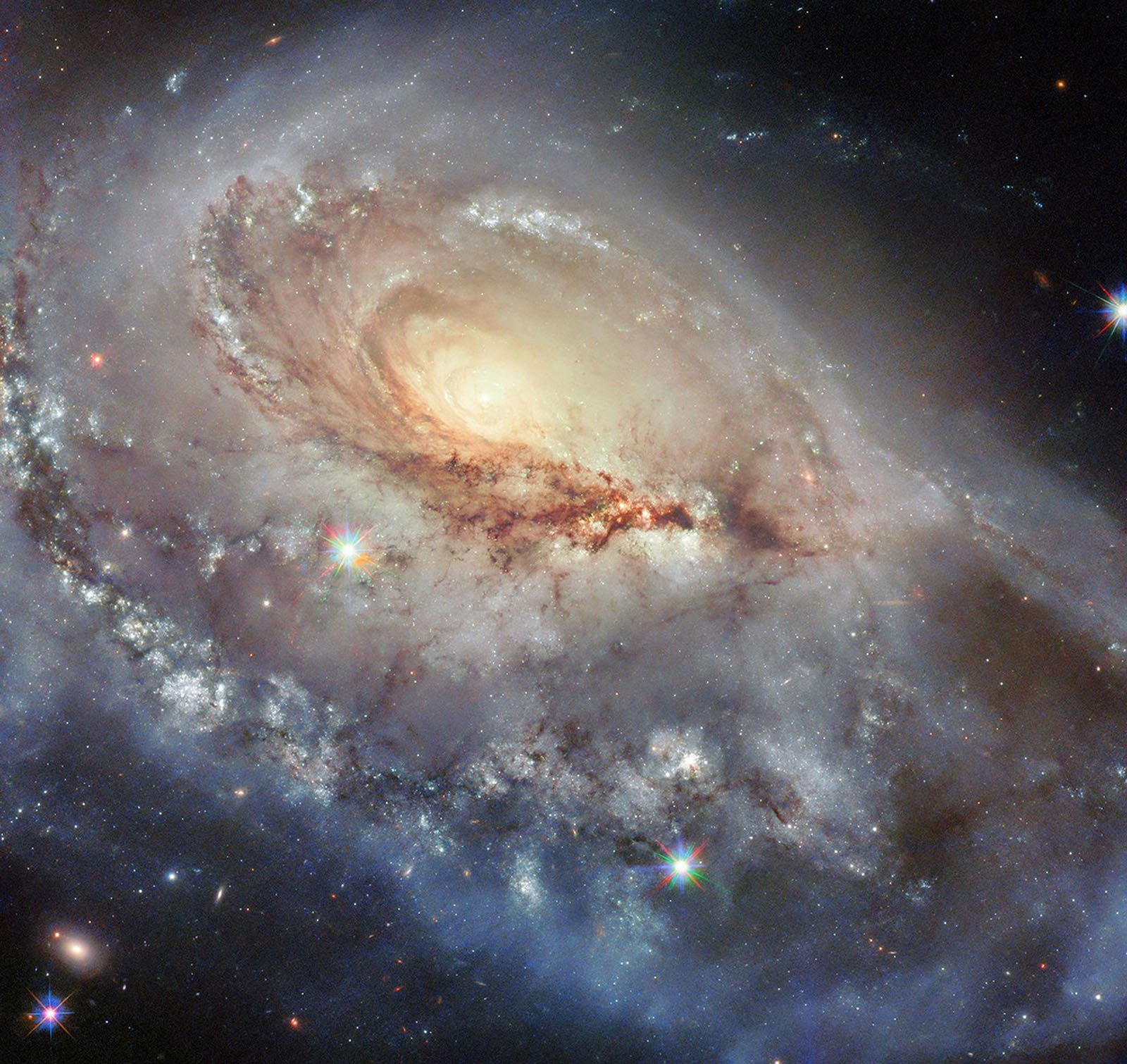
 PetaPixel
PetaPixel
 NASA (.gov)
NASA (.gov)
 Yahoo
Yahoo
 Earth.com
Earth.com
SpaceX's Fram2 Mission: First Polar Orbit Human Spaceflight Shares Stunning Visuals
SpaceX's Fram2 mission, the first human spaceflight in polar orbit, successfully launched and returned, carrying four passengers, including mission commander Chun Wang. The mission, lasting approximately 3.5 days, involved conducting 22 experiments and capturing unique visuals of Earth's polar regions. The crew splashed down safely in the Pacific Ocean and SpaceX has released a four-hour video from the mission.
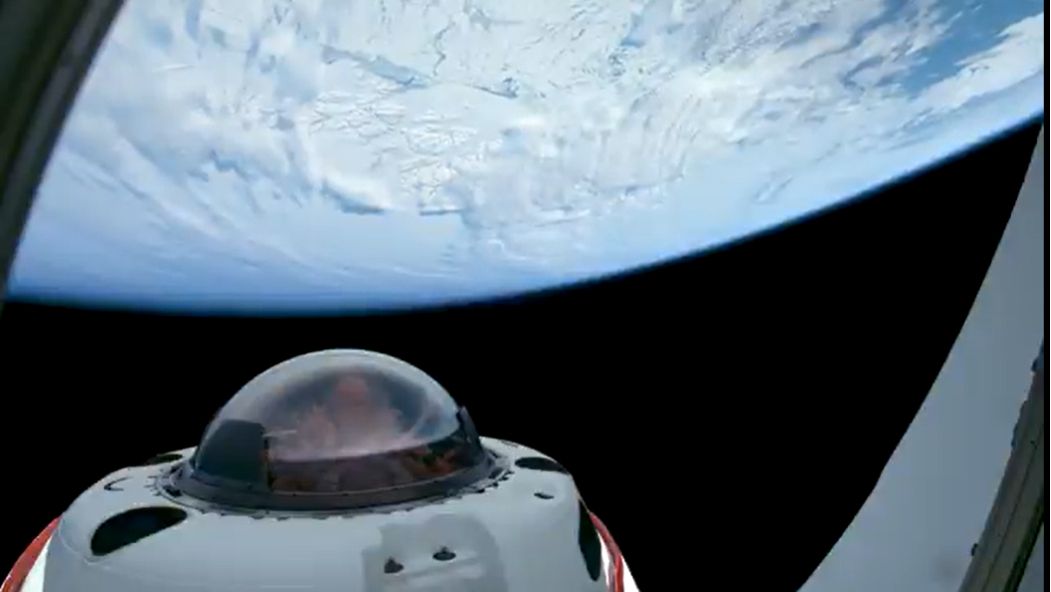
 Space
Space
 KTSA
KTSA
 CNBC TV18
CNBC TV18
NASA Faces $6 Billion Budget Cut; Shifts Focus from Moon to Mars
The Trump administration has proposed cutting NASA's budget by $6 billion, potentially impacting major science projects and international partnerships. The cuts signal a shift from lunar exploration to Mars-focused programs, favoring commercial space ventures like SpaceX. NASA leadership expresses optimism, emphasizing innovation and efficiency, while others warn of devastating consequences for scientific research and global leadership.
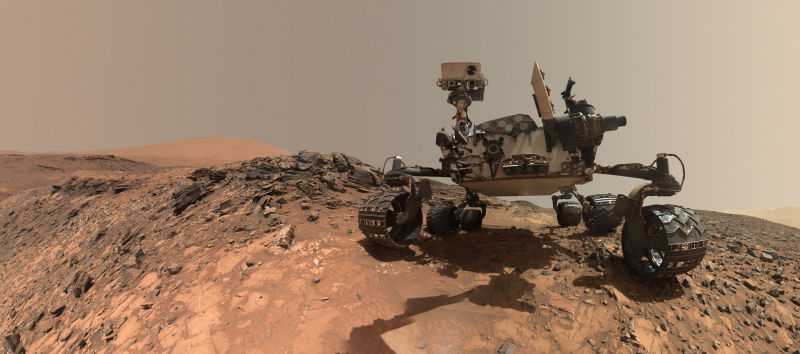
 KQED
KQED
 DW
DW
 Fox News
Fox News
 Time Magazine
Time Magazine
Eta Aquarid Meteor Shower Peaks: Halley's Comet Debris Lights Up Night Sky
The Eta Aquarid meteor shower, originating from Halley's Comet debris, peaked around May 6, 2025. The shower is known for its fast-moving meteors and potential for visible meteors per hour. Viewing conditions were impacted by moonlight, with optimal viewing times being just before dawn away from city lights.
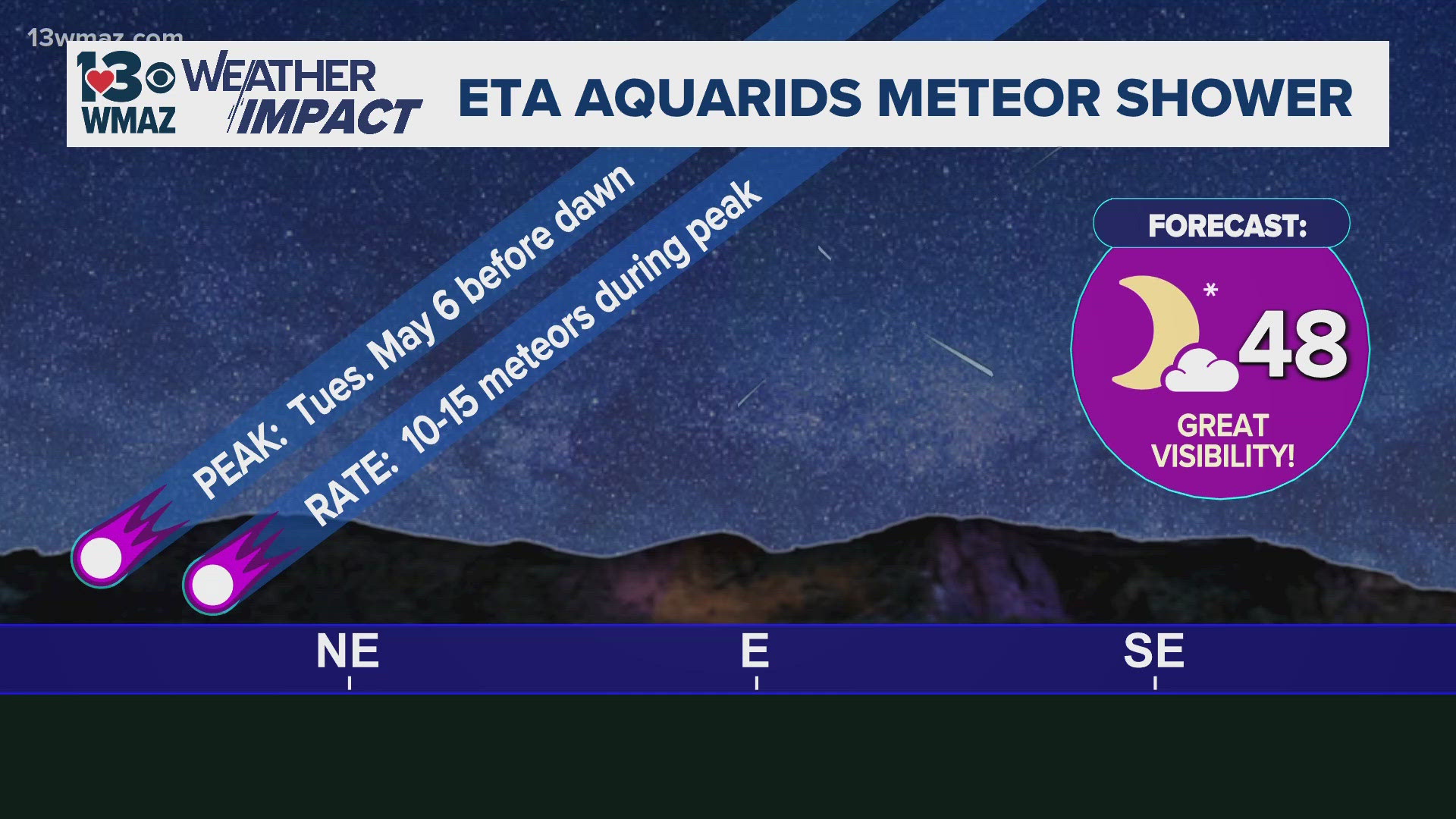
 13WMAZ
13WMAZ
 CBS News
CBS News
 Bergen Record
Bergen Record
 NASA Science (.gov)
NASA Science (.gov)
Northrop Grumman and SciTec Awarded Contracts for US Space Force Ground Systems
The US Space Force awarded contracts to Northrop Grumman and SciTec to enhance its missile warning and tracking capabilities. Northrop Grumman will build relay ground stations in the US and UK, while SciTec will develop a ground system for missile warning satellite command and control as part of the Future Operationally Resilient Ground Evolution (FORGE) program. The modernization aims to bolster the US's defense systems and ensure combat readiness.

 The Defense Post
The Defense Post
 SpaceNews
SpaceNews
 ASDNews
ASDNews
 SpaceWatch.GLOBAL
SpaceWatch.GLOBAL
CBO: Lower Launch Costs Reduce Space-Based Missile Defense Estimates, But New Threats Increase Costs
The CBO report indicates that decreased launch costs could significantly lower the estimated expenses of deploying and operating a space-based missile defense system. However, the report also warns that the increasing sophistication of potential adversaries' missiles and a recent executive order to protect the US from peer adversaries will increase the overall cost of an SBI constellation.
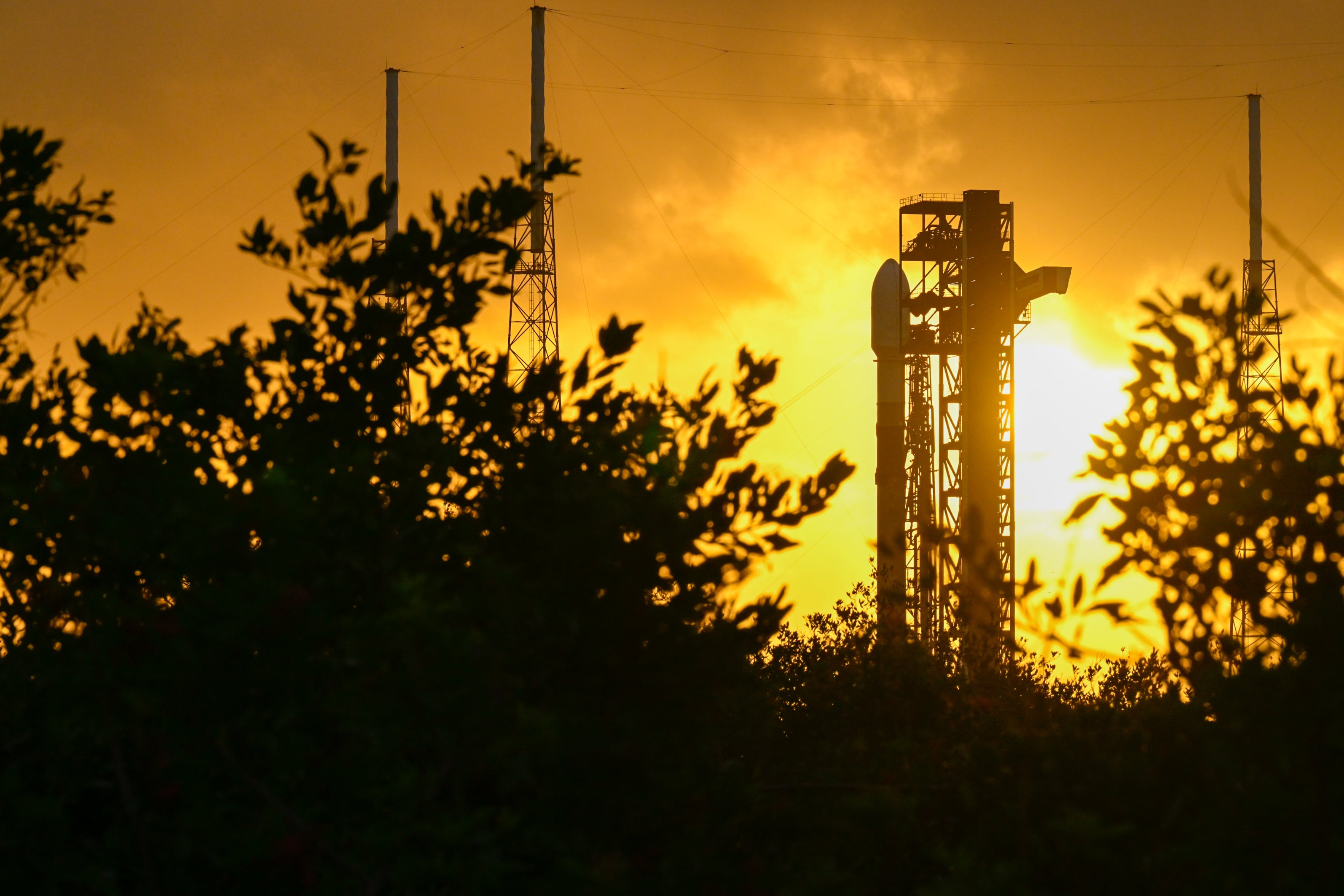
 Defense News
Defense News
 WSJ
WSJ
 Breaking Defense
Breaking Defense
 Congressional Budget Office (.gov)
Congressional Budget Office (.gov)
NASA's SPHEREx Telescope Begins Full Sky Infrared Mapping Mission
NASA's SPHEREx telescope has begun its 25-month mission to map the entire sky in 102 colors of infrared light. Launched on March 11, 2025, SPHEREx will capture 3,600 images daily and complete four sky maps. The mission aims to study cosmic inflation, explore the formation of water and life's other ingredients, and provide a detailed understanding of the universe's evolution.
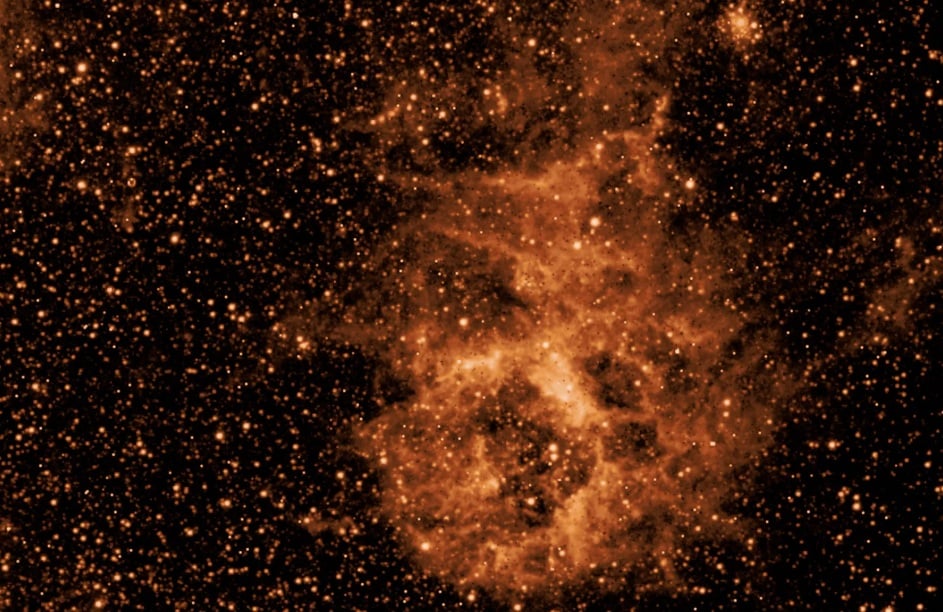
 Universe Today
Universe Today
 NASA (.gov)
NASA (.gov)
 The Daily Galaxy
The Daily Galaxy
 Earth.com
Earth.com
SpaceX's 2016 Rocket Explosion: Musk's Sniper Theory and the FBI Investigation
Following the Falcon 9 rocket explosion in September 2016, SpaceX CEO Elon Musk pursued a theory that a sniper caused the incident. This led to internal investigations, external inquiries with rival ULA, and even involvement from the FBI and FAA. The investigation ultimately concluded that the explosion was due to propellant-loading issues, not sabotage.
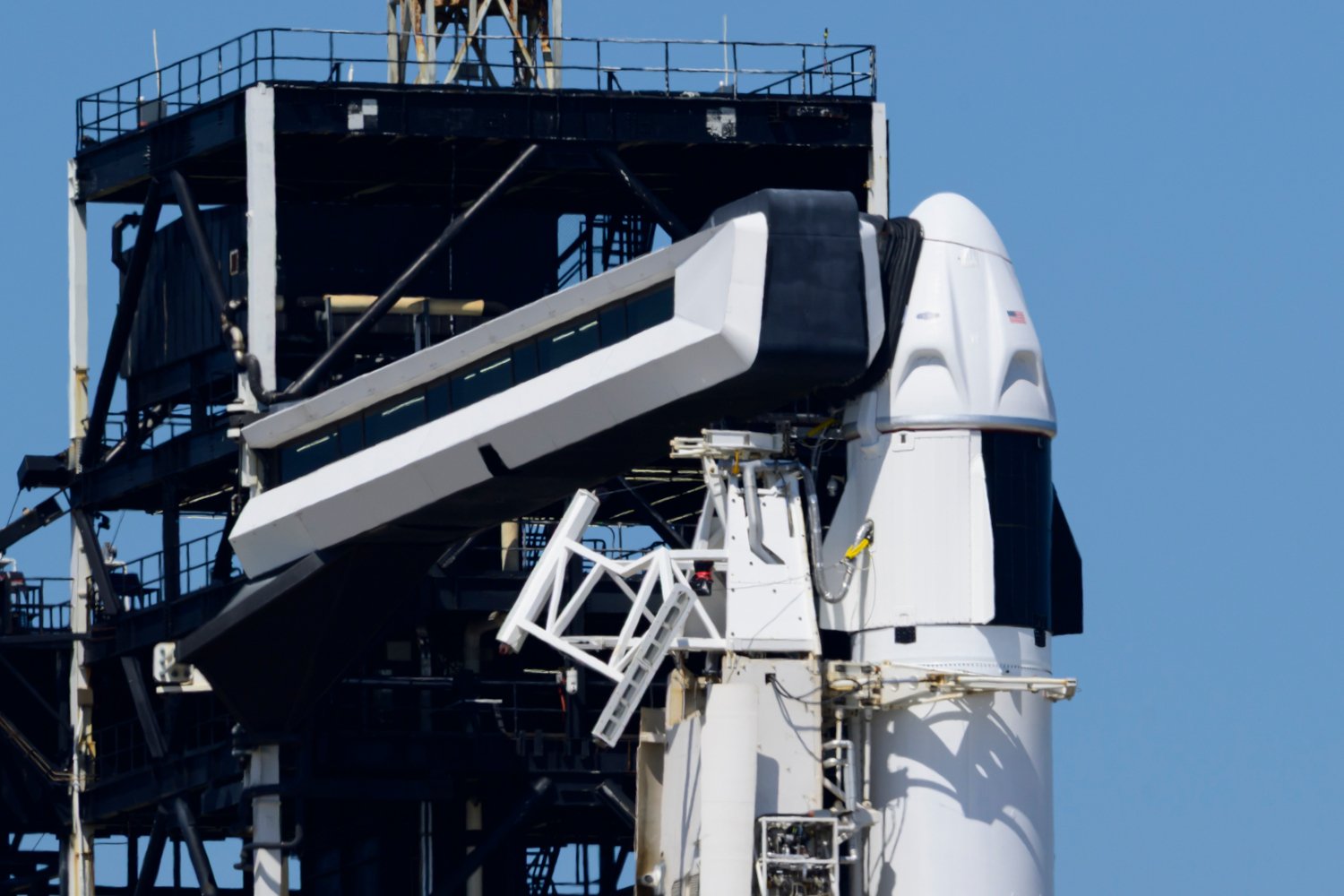
 Gizmodo
Gizmodo
 Ars Technica
Ars Technica
 futurism.com
futurism.com
